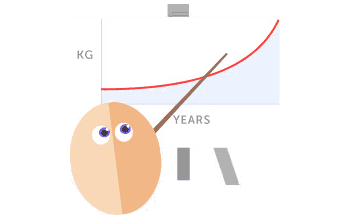In their study "The effects of intermittent or continuous energy restriction on weight loss and metabolic disease risk markers: a randomized trial in young overweight women", which I think is one of the first human studies on intermittent fasting, Harvie et al. (2011) the composition of the menu and specifics of experimental conditions were as follows:
the paper was published in: International Journal of Obesity (2011) 35, 714–727
e.
The CER (continous energy restriction) group was prescribed a daily 25% restriction based on a Mediterranean-type diet (30% fat, 15% monounsaturated, 7% saturated fat, 7% polyunsaturated fatty acids, 45% low glycaemic load carbohydrate and 25% protein). The IER (intermittent energy restriction) group was asked to undertake a VLCD (very low calorie diet) (75% restriction) on two consecutive days and to consume estimated requirements for weight maintenance for the remaining 5 days according to the nutrient composition above.
The VLCD provided 2700 kJ of energy and 50 g protein per day and comprised 1.136 l (two pints) of semiskimmed milk, four portions of vegetables (~80 g per portion), one portion of fruit, a salty low-calorie drink and a multivitamin and mineral supplement.
Participants were advised to maintain their current activity levels throughout
the trial, and did not receive specific exercise counselling. Energy prescriptions were reviewed throughout the trial to account for changes in weight and exercise levels to
maintain a 25% restriction below estimated requirements for weight maintenance.
the paper was published in: International Journal of Obesity (2011) 35, 714–727
e.






